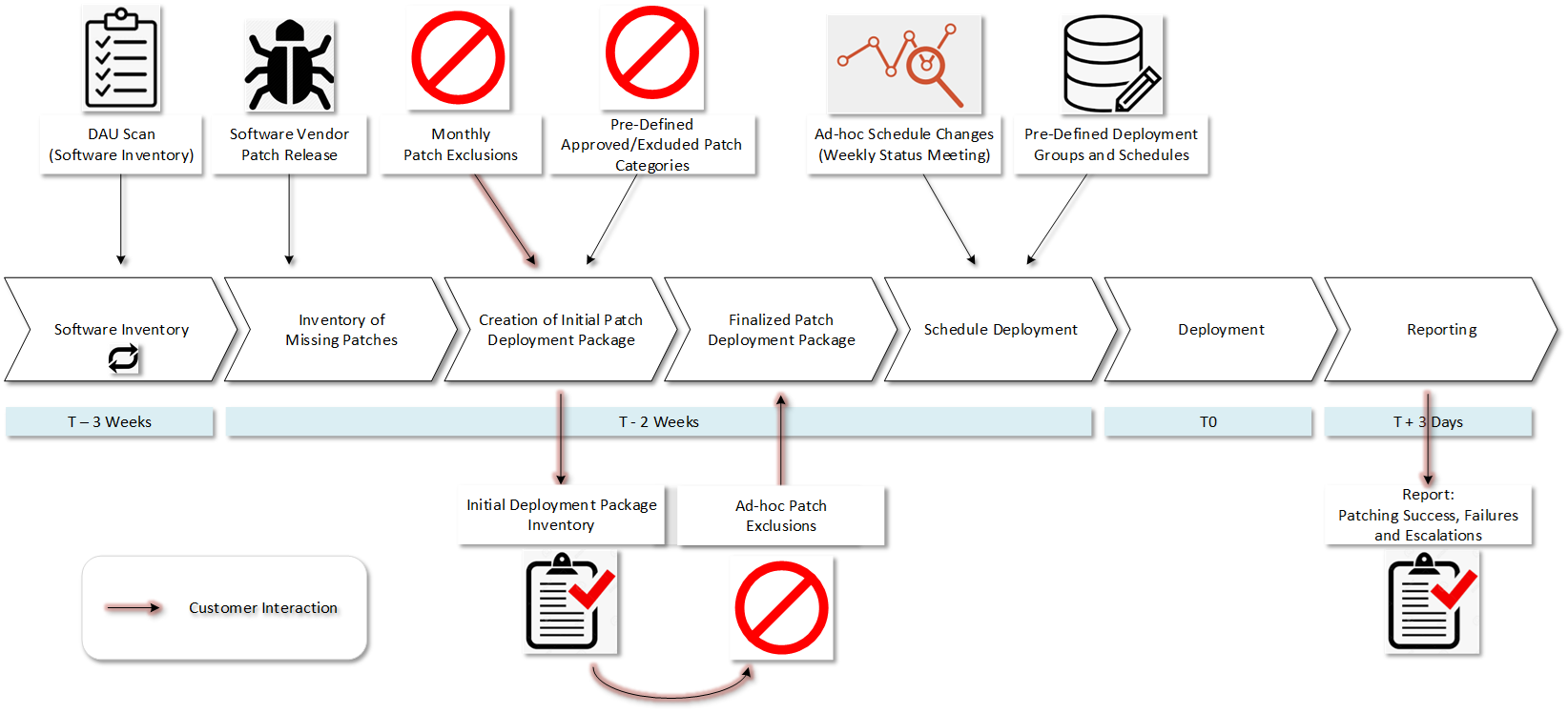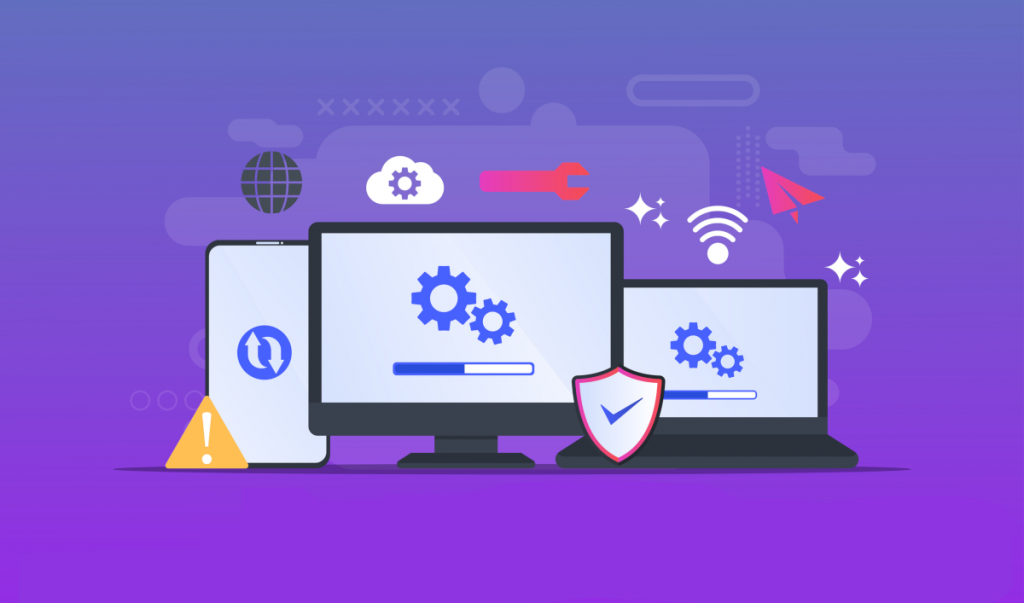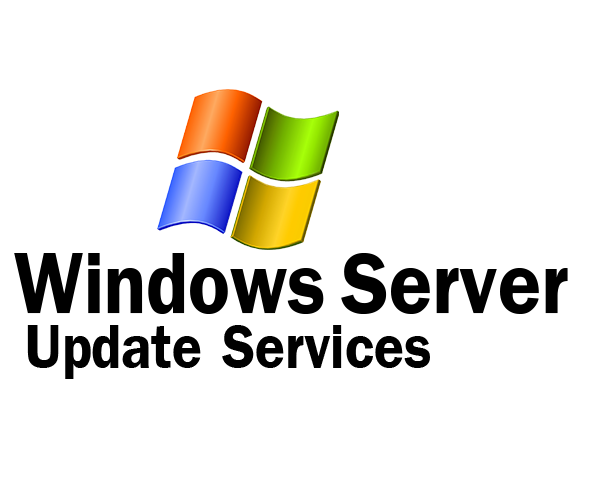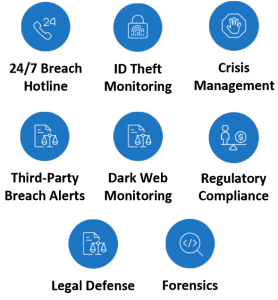What is software patching?
Patching is essentially when a software developer modifies an existing application to remove any bugs, errors, or vulnerabilities. It’s usually the software developer or an end-user that discovers most coding holes. However, in many cases, a cybercriminal stumbles upon a vulnerability and uses it to their advantage. Don’t mistake software patching as an upgrade to an application, think of it as sewing up a hole that shouldn’t be there. Once developers send out these software patches, it’s critical that end-users patch all their systems as soon as possible.
Why it’s important to patch right away
Not patching a vulnerability leaves you extremely susceptible to a cyber-breach. With this fact widely known, it’s still very common that companies delay their software patching. For instance, in 2018, Verizon’s Data Breach Investigations Report found that 99.9% of all vulnerabilities that were exploited were known for over one year prior to the attack. The consequences of procrastinating your software patching don’t come at a small cost. In fact, ransomware ransoms have dramatically increased over the years and can often be in the millions.
Software patching must be done properly
Although an essential component in maintaining network security, many IT departments delay their patching in fear of causing an outage. Some avoid patching entirely because of how resource-intensive the process is. The truth is, software patching is a complicated process that can disrupt business operations if done improperly. A common flaw is that organizations rely on a software tool to inform them if they have been fully patched. More often than not, those tools don’t report the correct information, resulting in vulnerable systems. There are many more issues that can arise after or during patching, such as: application incompatibilities, reboot issues, and deployment failures. Even with its complicated process, the advantages of patching your environment greatly outweigh the disadvantages.
Keeping your network safe with patch management
Patchworx℠, Patch Management as a Service, is an advanced patch management solution that enables mid to large size enterprises to patch their databases, systems, and applications; safely, consistently, and cost-effectively. Patchworx℠ offers:
- A comprehensive management that not only patches critical operating systems but also hundreds of third-party applications
- Smoke testing that ensures your systems and applications will function successfully after rebooting
- Documented reporting to satisfy management, auditors, and investors
- Customized support that fits your business needs
- A 31-step patching process







